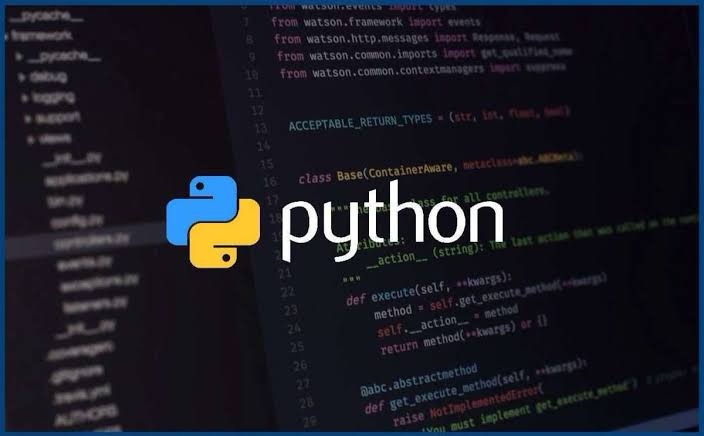Python Programming 101: A Beginner’s Guide

Categories :
Python is one of the most popular programming languages in the world, and for good reason. Known for its readability, simplicity, and versatility, Python is a great language for beginners and experienced programmers alike. This guide will introduce you to Python programming, covering the basics to get you started on your coding journey.
Why Learn Python?
- Ease of Learning: Python has a clean and straightforward syntax that closely resembles human language, making it easier for beginners to learn and understand.
- Versatility: Python can be used for web development, data analysis, artificial intelligence, machine learning, automation, and more.
- Community Support: With a large and active community, you’ll find plenty of resources, libraries, and frameworks to help you solve problems and learn new skills.
Setting Up Python
To start coding in Python, you’ll need to set up your development environment.
- Install Python:
- Download Python from the official website python.org. Make sure to check the box that adds Python to your PATH during installation.
- Choose an IDE or Text Editor:
- An Integrated Development Environment (IDE) or a text editor helps you write and manage your code. Popular choices include:
- PyCharm: A full-featured IDE tailored for Python.
- VS Code: A lightweight editor with Python support via extensions.
- Jupyter Notebook: Ideal for data analysis and educational purposes.
- Verify Installation:
- Open a terminal or command prompt and type
python --versionorpython3 --versionto ensure Python is installed correctly.
Writing Your First Python Program
Let’s start with the classic “Hello, World!” program.
- Open your IDE or text editor.
- Create a new file and name it
hello.py. - Write the following code:
print("Hello, World!")- Save the file and run it using the Python interpreter:
- In the terminal, navigate to the file’s directory and type
python hello.pyorpython3 hello.py.
You should see the output: Hello, World!
Python Basics
- Variables and Data Types:
- Variables store data and can be assigned without declaring their type explicitly.
- Common data types include:
- Integer (
int): Whole numbers. - Float (
float): Decimal numbers. - String (
str): Text data. - Boolean (
bool):TrueorFalse.
- Integer (
age = 25
price = 19.99
name = "Alice"
is_student = True- Control Flow:
- If-Else Statements: Used to execute code based on conditions.
age = 18 if age >= 18: print("You are an adult.") else: print("You are a minor.") - Loops:
- For Loop: Iterates over a sequence.
python for i in range(5): print(i) - While Loop: Repeats as long as a condition is true.
python count = 0 while count < 5: print(count) count += 1
- For Loop: Iterates over a sequence.
- Functions:
- Functions encapsulate reusable code. Define a function with
defand call it by name.
def greet(name):
print(f"Hello, {name}!")
greet("Bob")- Lists and Dictionaries:
- Lists: Ordered collections of items.
python fruits = ["apple", "banana", "cherry"] - Dictionaries: Collections of key-value pairs.
python person = {"name": "Alice", "age": 25}
- Object-Oriented Programming (OOP):
- Python supports OOP, which organizes code using classes and objects.
class Dog:
def __init__(self, name, breed):
self.name = name
self.breed = breed
def bark(self):
print("Woof!")
my_dog = Dog("Buddy", "Golden Retriever")
my_dog.bark()Next Steps
- Practice: Build small projects like calculators, to-do lists, or simple games.
- Learn Libraries: Explore popular Python libraries like
Pandasfor data analysis,Flaskfor web development, andTensorFlowfor machine learning. - Join the Community: Participate in Python forums, attend meetups, and contribute to open-source projects.
Conclusion
Python’s simplicity and power make it an ideal language for beginners and professionals. By mastering the basics, you’ll be well-equipped to tackle a wide range of programming challenges. Happy coding!








 Total views : 5381
Total views : 5381